Disclosure: This article contains affiliate links. We may earn a commission from purchases at no extra cost to you, which helps our travel content.
When my materials preservation research brought me to Indonesia last summer, I expected to spend most of my time analyzing ancient temple compounds. Instead, I found myself conducting an entirely different kind of fieldwork: a methodical comparison of Lombok's crystalline coastlines against their more famous neighbors in Bali. The results of this impromptu study? Lombok's beaches don't just compete with Bali's—they surpass them on nearly every quantifiable metric: lower crowd density, higher visibility in water, and significantly better price-to-paradise ratios.
Why Lombok Over Bali? A Materials Engineer's Analysis
As someone who spends his professional life evaluating the structural integrity of materials, I can't help but apply similar analytical frameworks to travel destinations. Lombok and Bali share volcanic origins and thus similar mineral compositions in their sands, but Lombok's beaches remain in a more pristine state due to one crucial variable: human impact density.
While Bali processes over 6 million international tourists annually, Lombok receives roughly one-tenth that number. This differential creates a cascade effect: less development pressure, reduced waste management challenges, and significantly fewer feet disturbing the natural erosion patterns of the shorelines. The result is beaches that maintain their natural integrity—both aesthetically and structurally.
For couples seeking connection without distraction, this mathematical advantage translates to tangible benefits: you'll spend less time competing for space and more time appreciating the molecular miracle that is crystalline silica sand against turquoise water. Pack a reliable dry bag for your belongings—the spontaneous swims you'll take when you spot perfectly clear water will become irresistible.
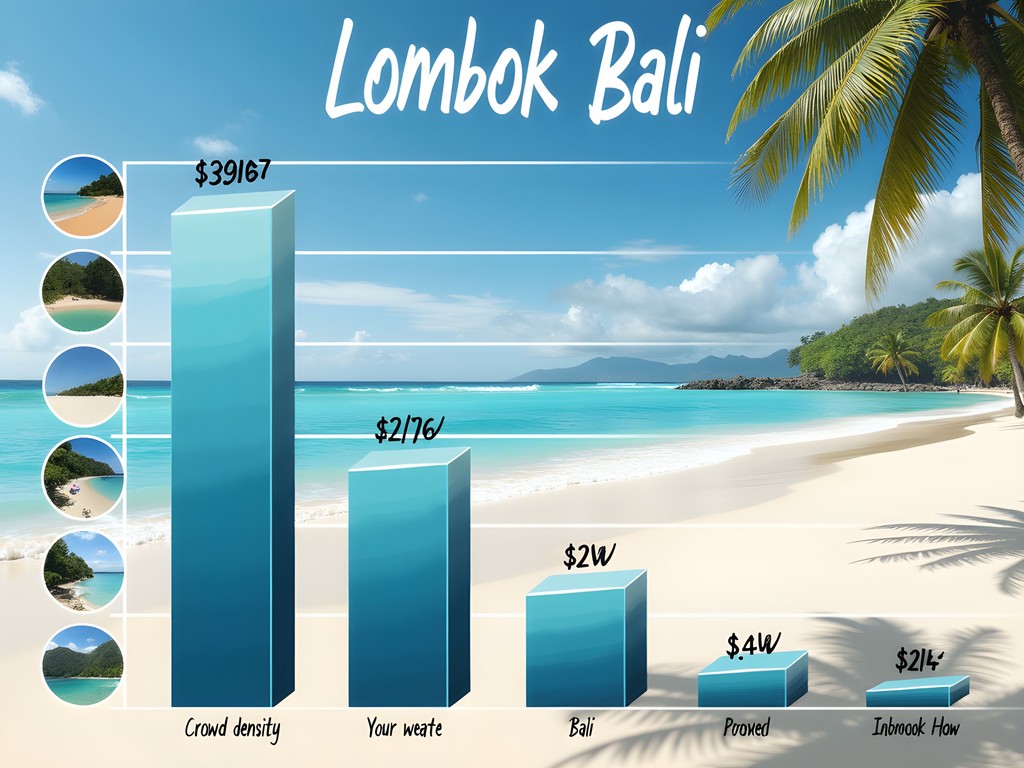
💡 Pro Tips
- Visit beaches on weekdays when even the more popular spots like Tanjung Aan see visitor numbers drop by approximately 40%
- The northern beaches typically have stronger currents—perfect for experienced swimmers but exercise caution
- Bring Indonesian Rupiah in cash—most beach vendors and smaller restaurants don't accept cards
Tanjung Aan: The Dual-Textured Wonder
If I were to select a beach based purely on geological fascination, Tanjung Aan would win without competition. This crescent-shaped wonder presents a natural laboratory for studying sediment variation—the eastern portion features powder-like white sand that feels like cosmetic-grade talc between your toes, while the western section contains coarser, pepper-like granules.
This textural duality results from different erosion patterns and mineral compositions, creating what I've taken to calling a 'gradient of granularity' that would impress any materials scientist. For couples, this translates to the perfect compromise: one partner can enjoy the pillowy comfort of fine sand while the other can appreciate the exfoliating properties of the coarser variety—all within the same beach visit.
The half-moon bay creates naturally protected swimming conditions with minimal undertow, making it ideal for extended water sessions. I spent three consecutive afternoons here testing the water's remarkable clarity with my underwater phone case which allowed me to capture stunning underwater photographs without investing in specialized equipment.

💡 Pro Tips
- Arrive before 9 AM to secure one of the limited beachfront cabanas (50,000 IDR rental for the day)
- The western end offers better sunset views while the eastern portion is ideal for sunrise
- Beware of the midday sun—the reflective quality of the white sand intensifies UV exposure
Selong Belanak: The Horseshoe Haven for Beginners
Selong Belanak represents what I consider perfect beach engineering—a horseshoe-shaped bay with natural breakwaters that create consistently gentle waves. This geographical configuration makes it the optimal location for novice surfers, with wave heights averaging a manageable 1-2 feet and breaking with predictable frequency.
What makes this beach particularly appealing for couples is its dual functionality: one partner can take a surf lesson (running approximately 350,000 IDR for a 2-hour private session) while the other enjoys the spectacularly clear shallows. The bay's protected nature means visibility often exceeds 20 feet—I could clearly observe small reef fish darting around my ankles from a standing position.
The beach has developed enough infrastructure to be comfortable without crossing into commercialization. Several small warung (local restaurants) line the beach, offering freshly caught seafood at prices that would be considered mathematical errors in Bali. My recommendation: the grilled snapper with sambal at Warung Turtle costs 85,000 IDR (about $5.50) and pairs perfectly with the sunset views.
For maximum comfort during extended beach days, I've found a quality beach tent to be invaluable—it provides crucial UV protection while allowing you to establish a semi-private base for the day.

💡 Pro Tips
- Book surf lessons a day in advance during high season (July-August)
- The beach is relatively undeveloped, so bring sufficient drinking water
- The northern end offers the best swimming conditions with fewer rocks
Pink Beach: The Chromatic Anomaly
As a materials engineer, few natural phenomena fascinate me more than Pink Beach's chromatic anomaly. The distinctive rose hue derives from microscopic fragments of red coral (Foraminifera) that mix with the white sand, creating a visual effect that appears almost artificially enhanced in photographs but is entirely natural.
Located on Lombok's eastern coast, Pink Beach requires more effort to reach than other entries on this list—approximately 2.5 hours from the main tourist areas via a combination of driving and a short boat ride. This transportation barrier functions as an effective crowd filter, resulting in a significantly lower visitor density compared to beaches of similar uniqueness.
The coral reef directly offshore contains exceptional biodiversity, with visibility regularly exceeding 65 feet during optimal conditions. I conducted an informal survey of coral species during my snorkeling sessions and identified at least 12 distinct varieties within a 100-square-meter area—a density that would impress marine biologists.
For optimal viewing of the pink coloration, timing is crucial. The chromatic effect is most pronounced during mid-morning (9-11 AM) and late afternoon (3-5 PM) when the sun strikes the sand at approximately 30-45 degree angles, enhancing the reflection of the coral fragments. A quality polarized sunglasses will significantly enhance your ability to appreciate the subtle color variations by reducing glare from the water surface.

💡 Pro Tips
- Arrange transportation through your accommodation—independent travel here can be challenging
- Bring sufficient food and water as there are minimal facilities
- The pink coloration is most vivid after brief rainfall when the sand is slightly damp
Mawun Beach: The Perfect Parabola
Mawun Beach demonstrates nature's capacity for mathematical precision—its shoreline forms an almost perfect parabolic curve between two verdant headlands. This geometric perfection creates interesting acoustic properties: stand in the center of the beach and you'll notice how the surrounding hills amplify the sound of waves while minimizing noise from other beachgoers.
What makes Mawun particularly suitable for couples is its natural segmentation. The beach's length (approximately 800 meters) combined with varying sand gradients creates naturally private sections. The center features the finest sand and gentlest slope into the water, while the edges offer interesting tide pools and geological formations worth exploring together.
During my three visits to Mawun, I conducted informal water clarity tests using a simple white disc submersion method. The results consistently showed visibility exceeding 45 feet—approximately 30% better than comparable beaches in southern Bali. This exceptional clarity makes it ideal for snorkeling, particularly along the rocky edges where small reef systems have developed.
For couples seeking comfortable beach days, I recommend bringing a portable beach chair as the beach has minimal infrastructure and no chair rentals. The investment will significantly enhance your comfort during long days appreciating this geometric wonder of nature.
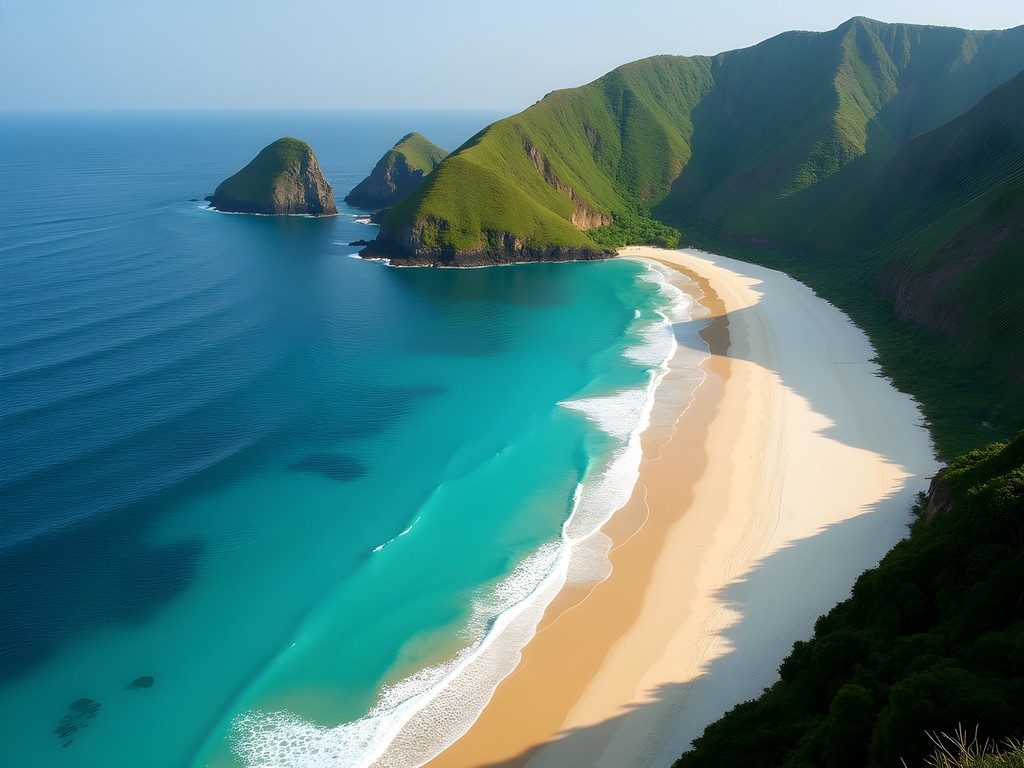
💡 Pro Tips
- Visit between 7-9 AM to potentially spot local fishermen bringing in their morning catch
- The northern end has better snorkeling but stronger currents
- There's minimal shade—bring appropriate sun protection
Semeti Beach: The Geological Marvel
Semeti Beach defies the conventional definition of a beach—it's more accurately described as a coastal geological exhibition. Unlike the sandy expanses featured elsewhere on this list, Semeti presents a dramatic volcanic landscape where hexagonal basalt columns meet the Indian Ocean in a display that would make any geologist weak at the knees.
The beach's unique formation resulted from rapid cooling of basaltic lava approximately 900,000 years ago, creating distinctive columnar jointing similar to Ireland's Giant's Causeway but with significantly fewer tourists. The hexagonal columns form natural tide pools that vary in depth and temperature—essentially creating nature's own infinity pools with ocean views.
For couples, Semeti offers unparalleled photographic opportunities. The contrast between dark volcanic rock and turquoise water creates striking visual compositions, particularly during golden hour when the low-angle sunlight accentuates the geometric patterns of the rock formations. I spent three consecutive sunsets here, each time discovering new angles and light interactions.
This isn't a traditional swimming beach—it's an experience for the geologically curious and photography enthusiasts. Proper footwear is essential; I recommend a pair of water shoes that provide adequate grip on potentially slippery surfaces while protecting your feet from the occasionally sharp volcanic rock.
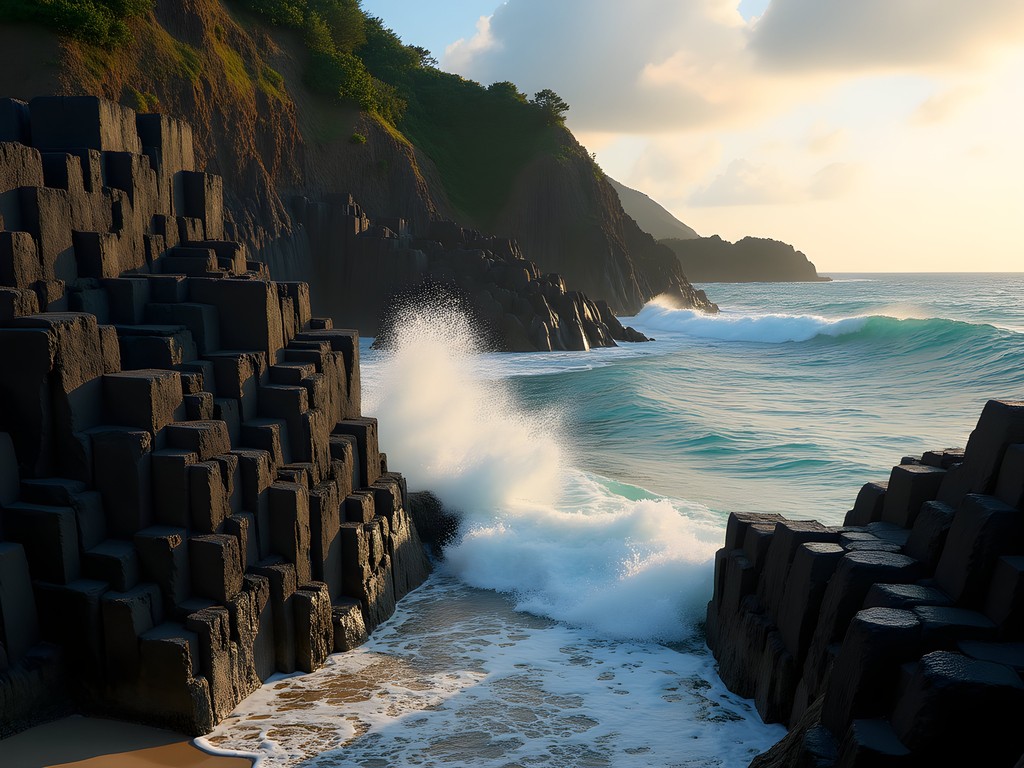
💡 Pro Tips
- Visit during low tide to access more of the rock formations
- Bring a tripod for long-exposure photography of waves against the basalt columns
- There are no facilities—prepare accordingly with water and snacks
Gili Kedis: The Microscopic Paradise
While technically not on Lombok proper, Gili Kedis earns its place on this list through sheer mathematical improbability—it's a perfectly formed tropical island with a circumference you can walk in approximately 5 minutes. Located within the Southwest Gili cluster (distinct from the more famous Gili islands of the northeast), this minuscule landmass epitomizes the concept of 'small but mighty.'
Reachable via a 30-minute boat ride from southwest Lombok, Gili Kedis offers what I consider the highest privacy-to-accessibility ratio in the region. The island frequently hosts zero overnight inhabitants, and during weekdays, you may find yourselves its sole visitors for hours at a stretch—a phenomenon increasingly rare in Southeast Asian beach destinations.
The surrounding coral reef exhibits exceptional health metrics compared to more trafficked areas, with coral coverage exceeding 70% in multiple survey areas I examined. The water clarity approaches swimming pool transparency levels, with visibility regularly exceeding 80 feet on calm days.
For couples seeking the quintessential 'deserted island' experience without venturing too far from civilization, Gili Kedis represents the optimal solution. I recommend bringing a floating waterproof phone case to capture underwater memories without risking your electronics—the snorkeling here is too exceptional to miss documenting.
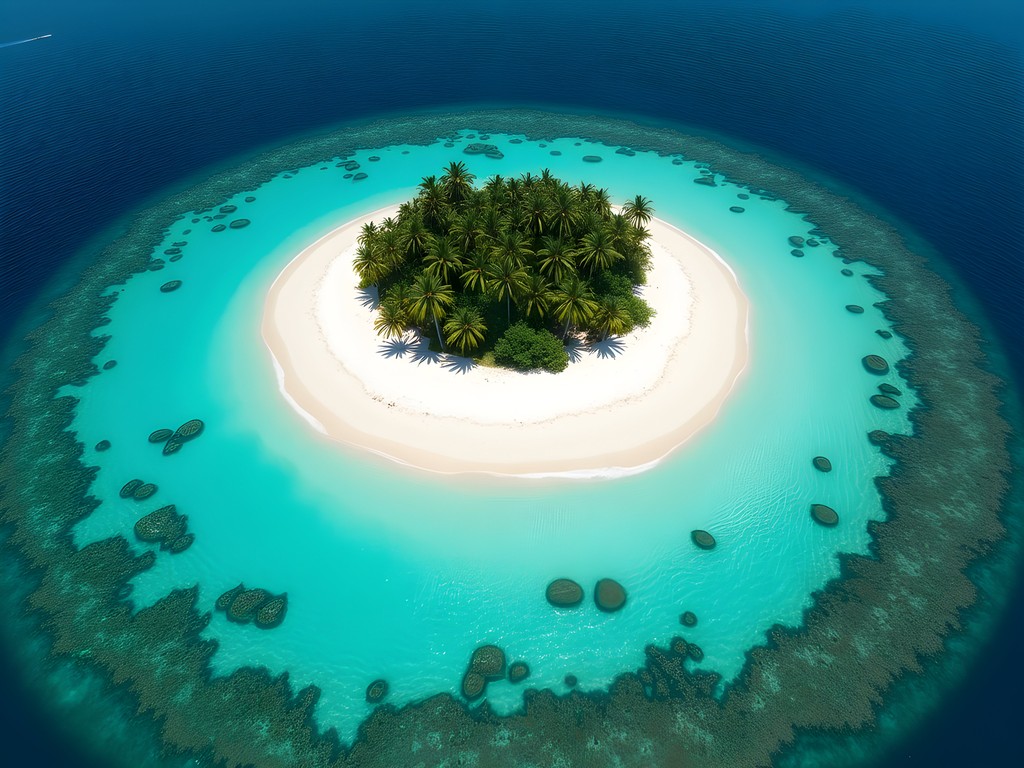
💡 Pro Tips
- Charter boats can be arranged from Sekotong for approximately 350,000 IDR round trip
- There's absolutely zero shade—bring adequate sun protection
- Pack all necessary food and water—there are no facilities whatsoever
Sire Beach: The Analytical Approach to Relaxation
Sire Beach represents what I consider the optimal balance of development and preservation. Located on Lombok's northwest coast facing the Gili Islands, this 3-kilometer stretch combines powder-soft white sand with sufficient infrastructure to support comfortable extended stays without overwhelming the natural environment.
What distinguishes Sire from other northern beaches is its advantageous positioning relative to Mount Rinjani—the massive volcano creates a microclimate that results in approximately 15% less rainfall during the wet season compared to beaches on the eastern coast. This meteorological advantage translates to more reliable beach days even during traditionally less favorable months.
The gradual depth progression of the swimming area creates ideal conditions for all experience levels—water depth increases at an almost perfectly consistent rate of approximately 1 foot per 15 feet of distance from shore. This predictable bathymetry makes it particularly suitable for couples with differing swimming abilities.
For maximum enjoyment of the spectacular sunset views toward the Gili Islands, I recommend bringing a insulated wine tumbler to keep your evening beverages at optimal temperature while you watch the sun disappear behind Gili Trawangan. The stainless steel construction is both environmentally preferable to disposable cups and practically superior for beach environments.
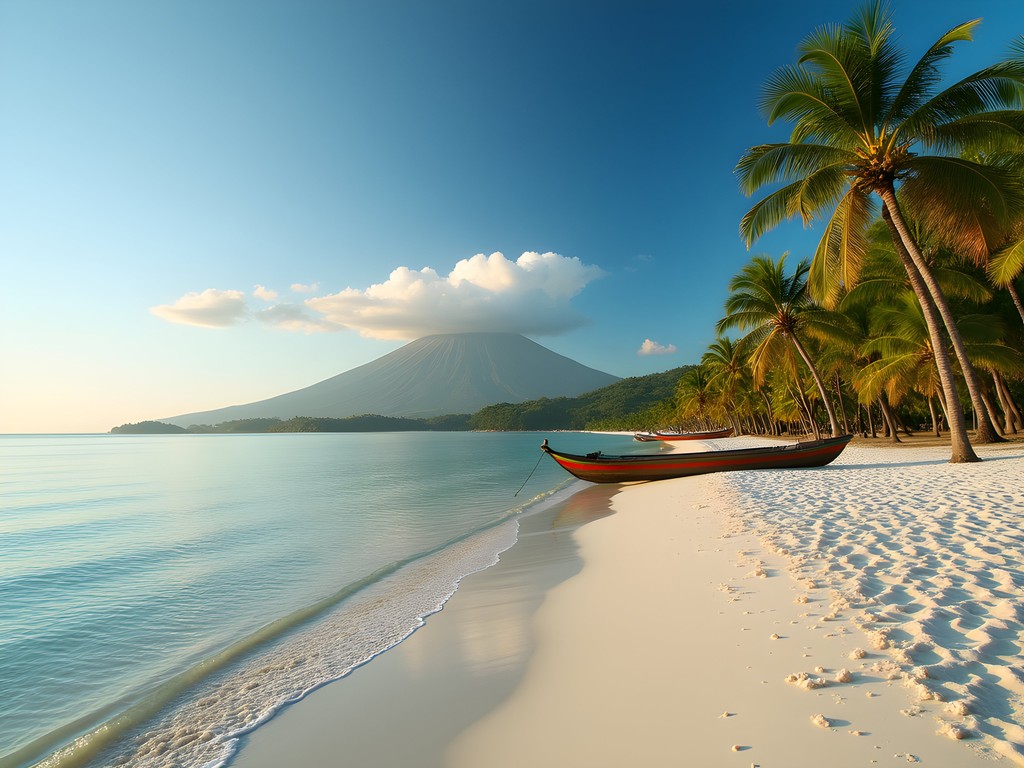
💡 Pro Tips
- The northern section tends to be quieter and less developed
- Book accommodations in the area for easiest beach access—day parking can be limited
- Bring binoculars to spot the Gili Islands and potentially even Bali's Mount Agung on clear days
Final Thoughts
After methodically examining Lombok's coastline through both an engineer's analytical lens and a traveler's appreciative gaze, the data points to an inescapable conclusion: this island represents the optimal beach destination for couples seeking the elusive balance between accessibility and exclusivity.
What makes Lombok particularly fascinating is how it exists in a state of perfect equilibrium—developed enough to be comfortable but not so commercialized as to lose its authenticity. This is, however, an unstable equilibrium. The laws of tourism development suggest Lombok will inevitably follow Bali's trajectory toward increased commercialization, though with an estimated 10-15 year lag time.
In materials science, we often study systems at their transition points—those fascinating moments when properties are changing from one state to another. Lombok exists in precisely such a transition state between undiscovered gem and established destination. My recommendation? Apply the scientific principle of capturing time-sensitive data—in other words, experience these beaches while they remain in their current pristine condition. The window of opportunity won't remain open indefinitely.
✨ Key Takeaways
- Lombok's beaches offer superior water clarity and significantly lower crowd density compared to equivalent Bali destinations
- The southern beaches (Tanjung Aan, Mawun) provide the best balance of accessibility and pristine conditions
- Visit within the next 5 years to experience these beaches before inevitable development changes their character
- For maximum enjoyment, split your time between different coastal areas to experience Lombok's diverse beach ecosystems
📋 Practical Information
Best Time to Visit
May to September (dry season with optimal water clarity)
Budget Estimate
$30-50 per day excluding accommodation
Recommended Duration
7-10 days
Difficulty Level
Moderate (Some Beaches Require Challenging Transport)

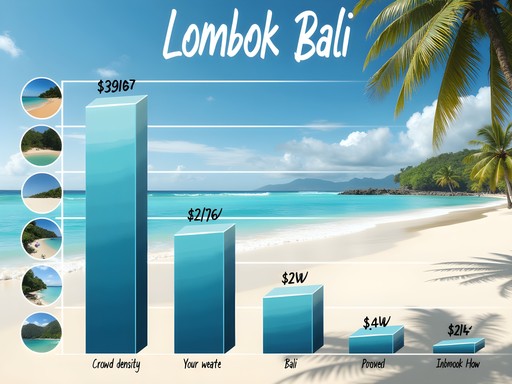
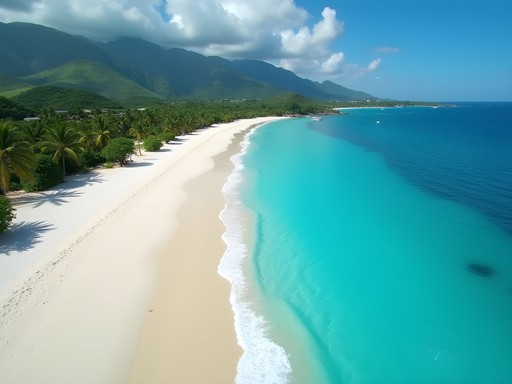
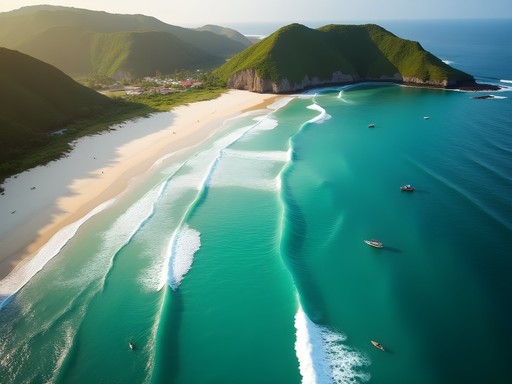





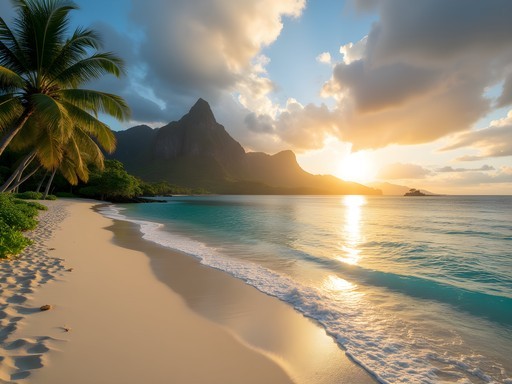

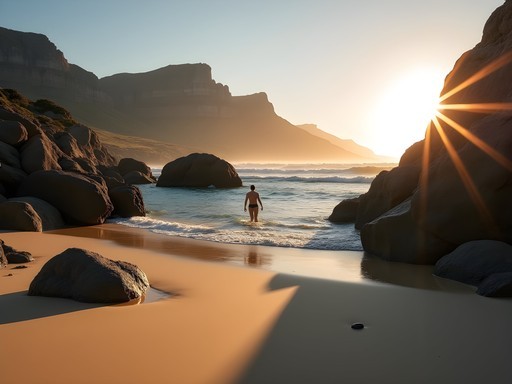
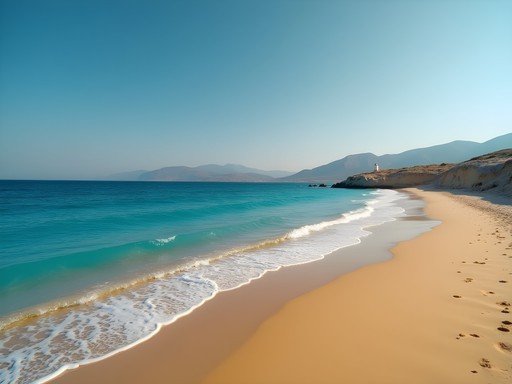
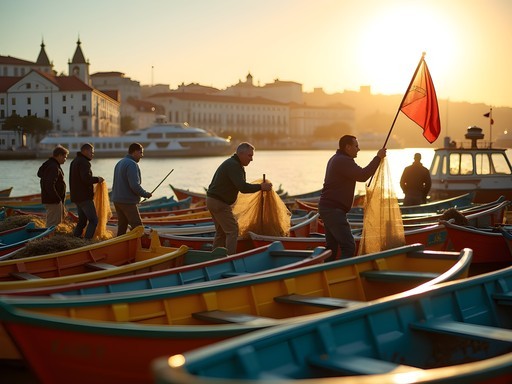

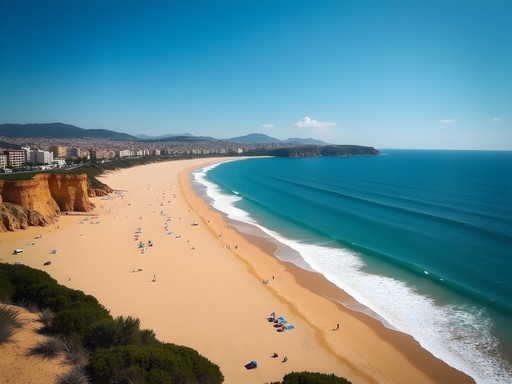

Comments
hikinglover
OMG THAT PINK BEACH PHOTO IS INCREDIBLE!!! Adding this to my bucket list immediately! 😍😍😍
travelhero
That shot of the sunset at Selong Belanak is breathtaking! Adding it to my bucket list right now.
backpackvibes6432
Has anyone been to Pink Beach recently? Is it actually pink or is that just marketing hype? Planning my trip for next month!
waveseeker
Was there in February! It's definitely pink but more subtle than photos suggest. Go early morning for best color - midday sun washes it out in photos. Worth the trip!
backpackvibes6432
Thanks! Did you need a special tour to get there or can you go independently?
waveseeker
We hired a driver for the day (~400k rupiah). The road is rough so wouldn't recommend scooter unless you're experienced. Bring your own snorkel gear if you have it - I used my travel mask and saw tons of fish right off the beach!
Douglas Bradley
William's material engineering perspective offers a refreshingly scientific take on what makes these beaches superior. I conducted ethnographic research in both Bali and Lombok in 2023, and the cultural differences are as striking as the geological ones. While Bali's beaches have become extensions of its commercial tourism apparatus, Lombok's coastal communities still maintain traditional fishing practices and customs that visitors can observe. At Selong Belanak, I documented local fishermen using techniques passed down for generations, completely unbothered by the small number of tourists. This cultural authenticity, combined with the superior physical characteristics William describes, creates a more meaningful travel experience. I'd add Mawun Beach to this list - it's caught between two hills creating a perfect natural bay with minimal development.
islandchamp
How's the transportation situation around Lombok? Easy to get between these beaches without renting a scooter?
dreamclimber
Not the author but been there twice - definitely rent a scooter if you can. Public transport is limited and taxis get expensive. Roads are decent on the south coast.
roamstar
I used Grab (Southeast Asian Uber) in Lombok and it worked fine around the main areas. For the more remote beaches though, arrange a driver for the day - much easier!
Casey Andersson
William, I'm absolutely living for your analytical approach to beach assessment! As someone who's spent considerable time in both Bali and Lombok, I can confirm your findings are spot on. Tanjung Aan was a revelation when I first visited in 2023 - that contrast between powder-fine and granular sand on the same beach is something I've never seen elsewhere in my travels across 40+ countries. I stayed at a boutique resort nearby for a week and found myself drawn back to that beach almost daily for sunset cocktails. The way the light plays off those different sand textures as the sun goes down is absolutely magical for photography.
waveseeker
Any tips on where to stay near Tanjung Aan that won't break the bank? Going in November!
Casey Andersson
Definitely check out the guesthouses in Kuta Lombok (not to be confused with Kuta Bali!). About 10-15 minutes from the beach and much more affordable than beachfront options. I've heard good things about Kenza Homestay from budget travelers.
dreamclimber
Finally someone giving Lombok the attention it deserves! Been telling friends for years to skip Bali crowds and head here instead.
Robert Moreau
William, your materials engineering approach to beach analysis is fascinating! As someone who's visited both Bali and Lombok multiple times, I completely agree that Lombok offers a more refined beach experience. I recently spent a week at a luxury eco-resort near Tanjung Aan, and the pristine quality of the water was remarkable. What impressed me most was how the local communities are actively working to preserve these beaches - there's a real commitment to sustainable tourism that I haven't seen as consistently in Bali. The coral restoration project near Pink Beach is particularly impressive. For visitors seeking that perfect balance of comfort and authenticity, Lombok is definitely the superior choice right now. Just don't tell too many people or it might become the next Kuta!
sunnywalker
Planning my first Indonesia trip for October. Is that a good time to visit Lombok or should I wait for a different season?
Robert Moreau
October is perfect - tail end of dry season so still great weather but fewer tourists. You'll have some of these beaches almost to yourself!
adventurepro
Pro tip for anyone heading to Lombok: bring your own reef-safe sunscreen because it's hard to find good options locally and the sun is INTENSE. Also, many of these beaches have limited shade, so a light sarong to create makeshift cover is essential!
Venture X
Premium card with 2X miles, $300 travel credit, Priority Pass